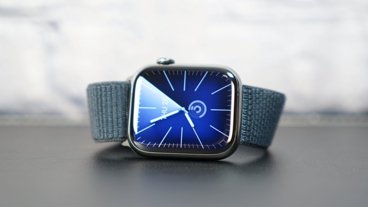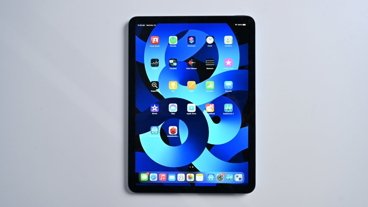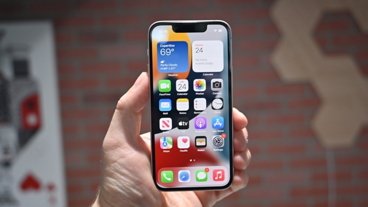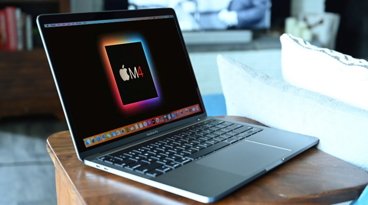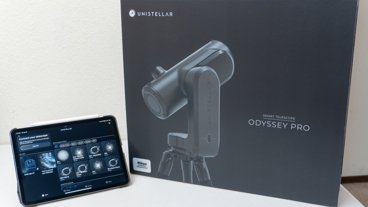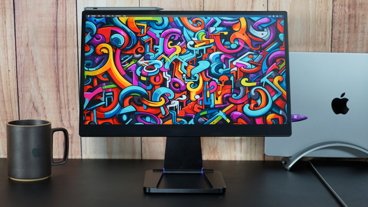Apple investigating improved LED backlights with more accurate colors
A new patent application made public by the U.S. Patent and Trademark Office this week describes potential techniques for arranging LED backlights in new ways, and reducing color shift caused by chromaticity (or color quality) variations with LED lighting. Discovered by AppleInsider, the application first filed in February of 2010 is entitled "Backlight Unit Color Compensation Techniques."
In the application, apple notes that LED lighting has replaced fluorescent lighting (CCFLs) to provide backlights for liquid crystal displays. LED has a number of advantages over CCFLs, including higher light output, improved efficiency, lower power consumption, reduced heat, and longer operational battery life.
But due to the manner in which certain LEDs are fabricated, viewing angles — particularly with phosphor-coated LEDs — can be poor. Variations in chromaticity can negatively affect the color uniformity of the display, resulting in an inaccurate picture.
The application explains that though LED light is white, it can have a bluer tint at relatively short distances. As the light travels further from the phosphor layer, it becomes more yellow.
Apple's solution would address the issues associated with edge-lit backlights for LCD displays by utilizing a "light guide" Coupled with a "light-extracting surface area," it could compensate for color shift issues found with current edge-lit displays, like those found in Apple's MacBook Pro notebooks.
A light guide would be "configured to provide for propogation of light received from a light source from a first lateral edge to a second opposite lateral edge. A portion of the received light is allowed to reach the second lateral edge and is retro-propagated back towards the first lateral edge. Multiple light-extracting elements are provided to extract and mix the propagating and retro-propagating light, such that the light emitted from the light guide exhibits improved color uniformity."
The application makes mention of using the backlighting technique in any of Apple's products with LCD displays, including the iPhone, entire line of MacBook notebooks, or the iMac. The proposed invention is credited to Chenhua You of San Jose, Calif., and Shengmin Wang of Hsinchu City, Taiwan.
 Katie Marsal
Katie Marsal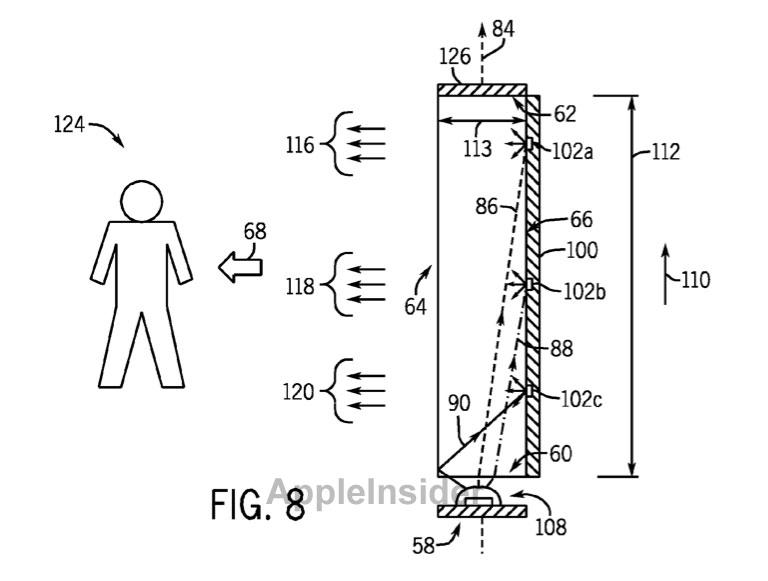
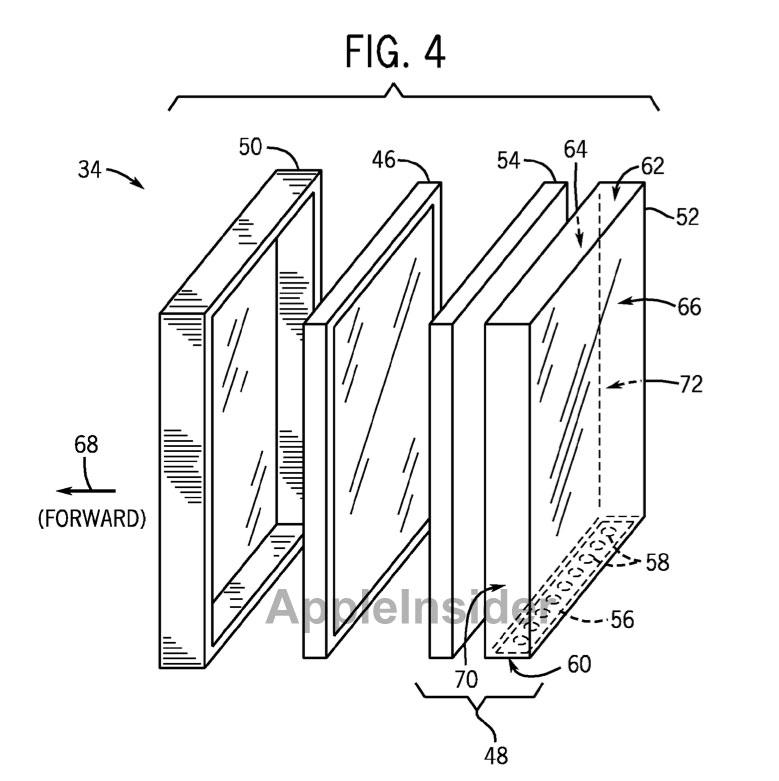
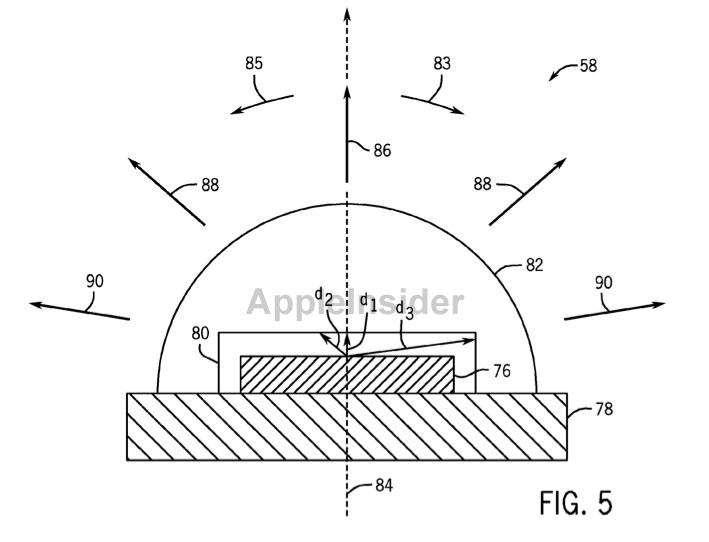
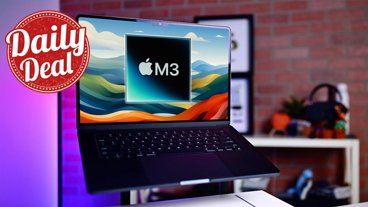
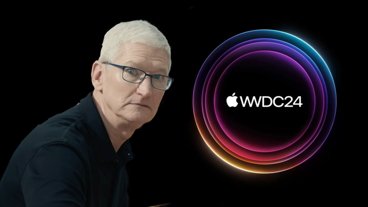

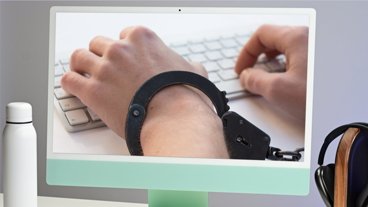

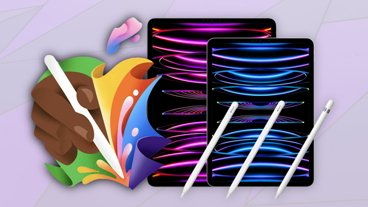
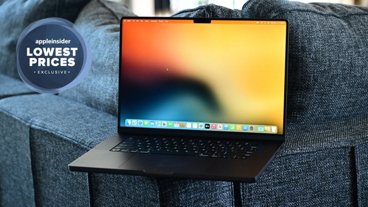

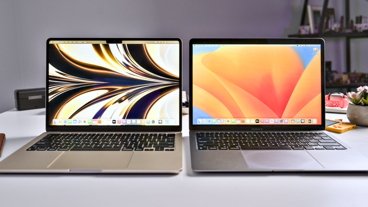
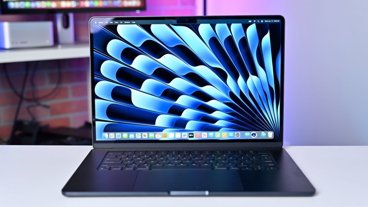

 William Gallagher
William Gallagher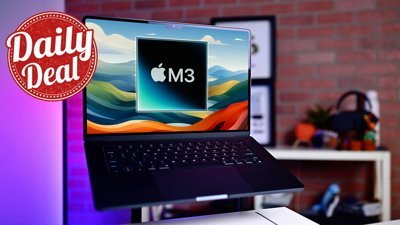
 Christine McKee
Christine McKee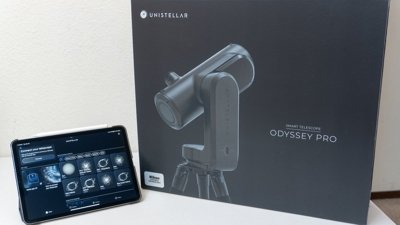
 Michael Stroup
Michael Stroup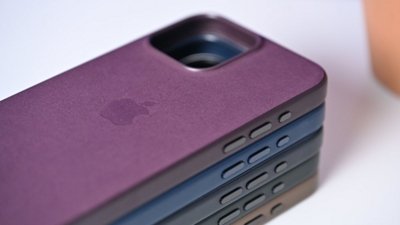
 William Gallagher and Mike Wuerthele
William Gallagher and Mike Wuerthele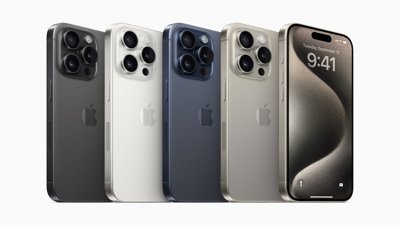

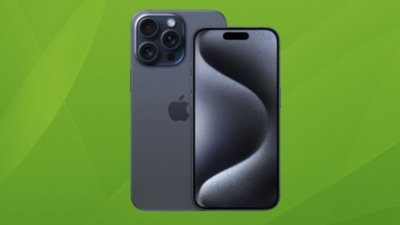
 Chip Loder
Chip Loder
 Andrew Orr
Andrew Orr
